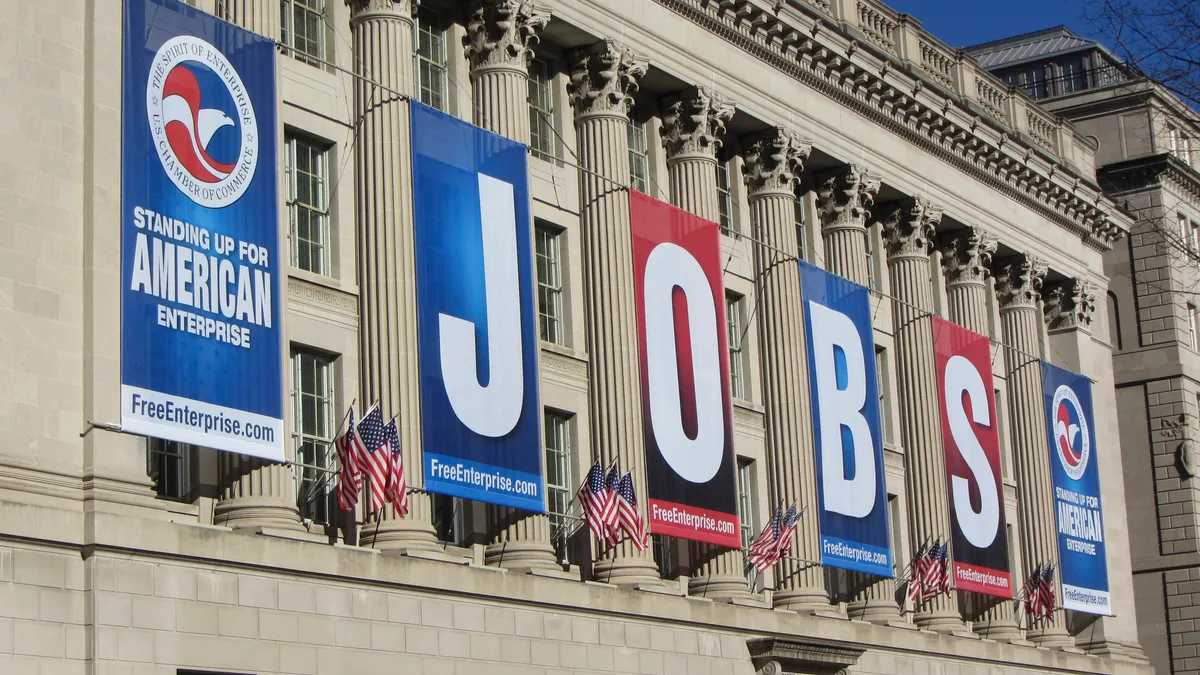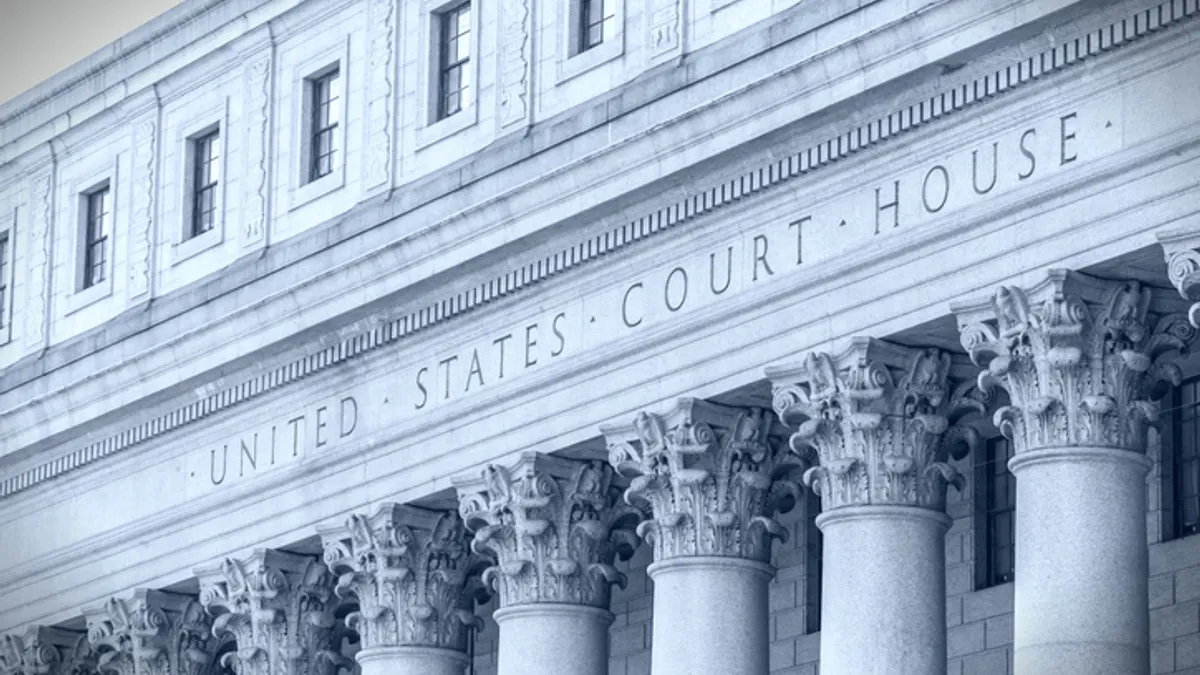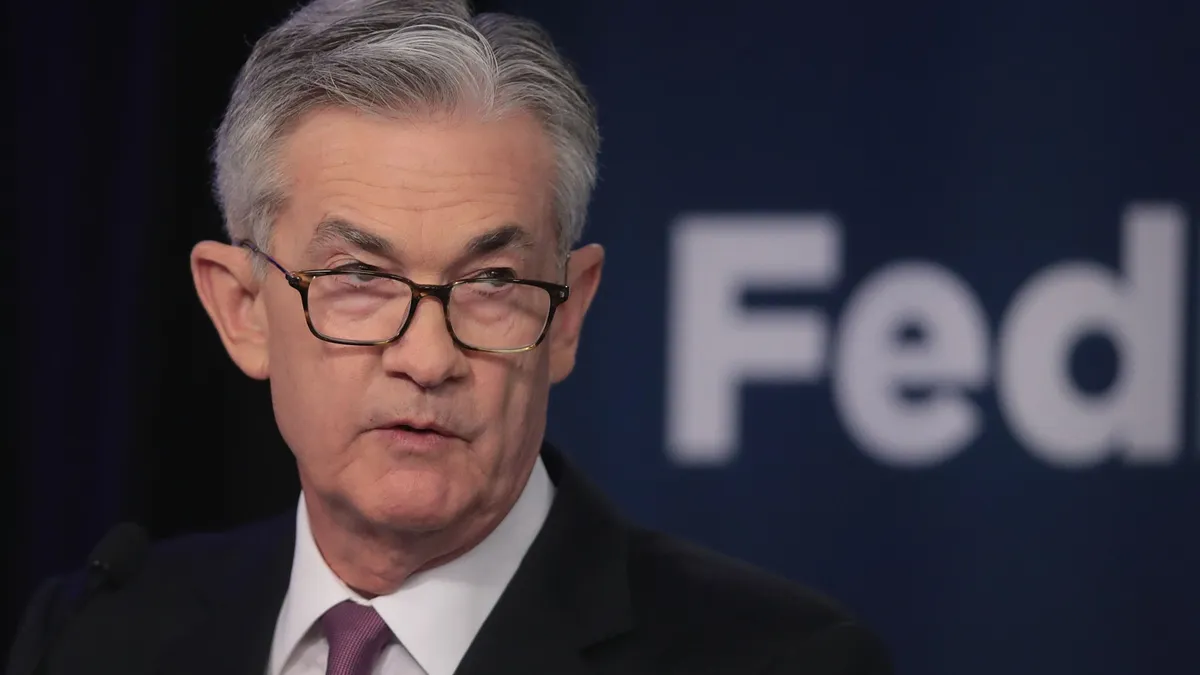The following is a contributed article from Nir Kossovsky, CEO of Steel City Re. Opinions expressed are author's own.
CFOs have been responding to the slowdown by talking about cash flow, net earnings, and how long of a shutdown they can handle. What they should be talking about is fear.
Consumers reined in first quarter spending faster than many analysis predicted. Households, apparently, engaged in social distancing well ahead of stay-at-home orders.
As a result, consumer spending-based projections were flawed, and will remain flawed if financial models fail to consider the role of behaviors like fear in driving the economy. In their next round of earnings calls, CFOs might consider leading a different discussion — on behavioral and informational economics.
In the next quarter, fear, anger and disappointment management will be the x-factor shaping companies' equity and debt prices. That x-factor has a name: reputation risk management.
Reputational resilience
Every industry will have winners and losers. What evidence do executive leaders have to show their company, among its peers, will come through in relatively strong shape? What signals can they provide that will convince the marketplace they are positioned to protect their brand value and equity and see their cash flow rebound?
Decades of corporate reputational resilience analysis has enabled the building of parametric models demonstrating how closely reputation is linked to stock price, bond ratings, and cash flows. That's because reputation is a product of stakeholder expectations about governance and operations, and companies meeting those expectations are tangibly rewarded.
A study of the reputational crises from the past decade by my company, Steel City Re, identified three factors that predicted 60% of the variance in the depth of overall equity value loss and magnitude of recovery: pre-crisis reputation risk management, balance sheet strength, and volume of equity buy-backs.
In the COVID-19 contraction, we are similarly seeing the early material impact of pre-crisis reputation risk management—about 10% of the variance from their peers—in balance sheet strength.
BNY Mellon is a case in point. Under the leadership of new CEO Todd Gibbons, formerly the CFO, BNY Mellon disclosed in its most recent 10-K filing and proxy a diverse spectrum of upgrades to its reputation risk management apparatus, and the equity markets rewarded the company. In the COVID-19 crash, BNY Mellon managed to preserve its equities value.
What's more, relative to its peer group of 12 firms, on the basis of its market cap, the company rose from fifth to third between June 6, 2019 and May 7, 2020. The relative increase all occurred in 2020. That is, with its publicly disclosed enhanced reputation risk management efforts, the company benefited from a relatively more resilient market cap.
Examples like this are especially relevant today. Reputational value and reputational resilience occur when there is a strong evidence-based correlation between stakeholder expectations and actual performance. Simply put, companies with strong reputational value and risk management processes are more likely to see their stock price outperform their industry peers during times of crisis.
Recognition of the value of reputation and the management of its risks has been rising among institutional investors and bond raters. Just this year:
-
Institutional investors reported that reputation risk and its management was second only to environmental, social and governance (ESG) matters in allocation decisions.
-
Moody's reported that reputation and management of its risk factored materially in 30% of its recent ratings.
While recognition of the value of reputation is on the rise — as reported in a survey of CEOs this year representing an average 76% of the market value of high performing companies — other signaling tools have been impaired. The most useful, share buybacks, is no longer available to any firm accepting federal bail-out funds — a signal in and of itself that, at least among lawmakers and regulators, share buybacks are going to be looked at unfavorably, even among companies that reject federal funds.
And the story told by ESG metrics is being undercut by a lack of consistence and credibility. As a financial advisor told the Financial Times, "I don't believe the (ESG) indexes. They are using self-reported data, and I just don't buy it." An SEC commissioner has been openly disdainful of the ESG trend, describing it as "labeling based on incomplete information, public shaming, and shunning wrapped in moral rhetoric preached with cold-hearted, self-righteous oblivion to the consequences, which ultimately fall on real people."
Even corporate marketing narratives must be vetted more closely aligned with objective and demonstrable facts about the company’s operations and performance. Plaintiffs' lawyers in shareholder litigations have now poked holes in the defense that marketing statements were mere "corporate puffery," with courts ruling that such statements could indeed be cause for seeking damages.
All of this leaves one clear path forward. CFOs need to team up with their general counsel and risk managers to mobilize departments within their enterprises around the goal of identifying and mitigating reputational risk.
Only once those steps have been taken — and governance and operations are scrutinized and addressed from a reputational risk perspective — can marketing join the team to communicate a story that will boost share price and factor into the cost of capital during a challenging time.
Reputational resilience, if achieved through data-driven analysis and improvement, and validated by outside underwriting, protects cash flows and the cost of capital. That is the signal that a company is not only a survivor but will lead its industry. That is a story investors, analysts, bond raters, regulators and lawmakers all will understand.



















